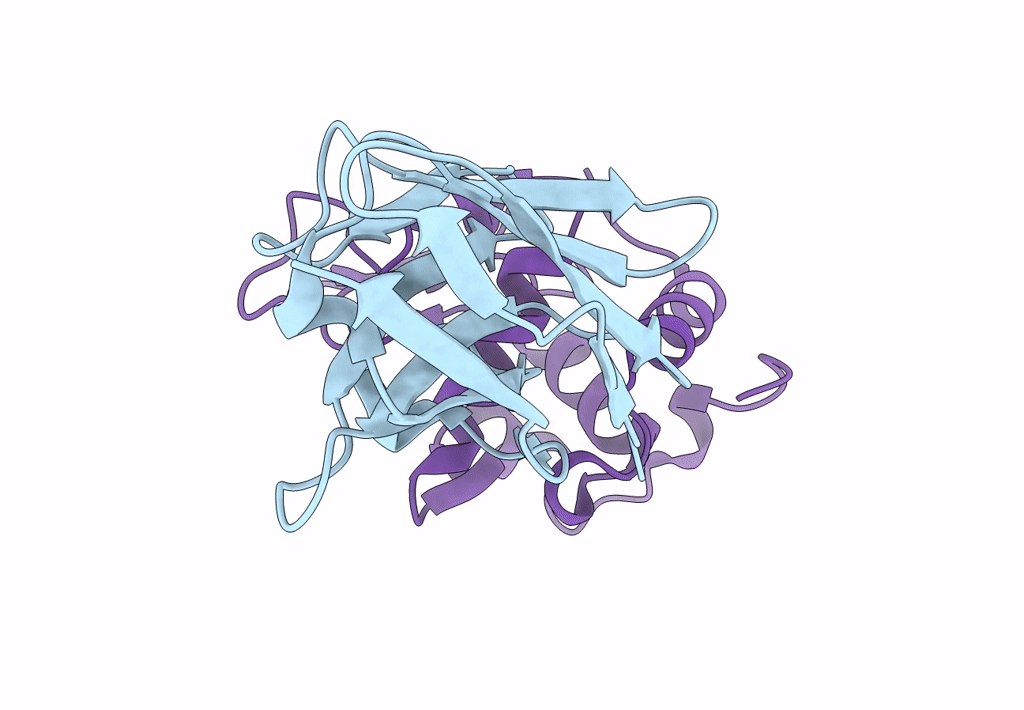
Deposition Date
2003-03-05
Release Date
2003-10-14
Last Version Date
2024-11-06
Entry Detail
PDB ID:
1OP9
Keywords:
Title:
Complex of human lysozyme with camelid VHH HL6 antibody fragment
Biological Source:
Source Organism:
Camelus dromedarius (Taxon ID: 9838)
Homo sapiens (Taxon ID: 9606)
Homo sapiens (Taxon ID: 9606)
Host Organism:
Method Details:
Experimental Method:
Resolution:
1.86 Å
R-Value Free:
0.23
R-Value Work:
0.19
R-Value Observed:
0.19
Space Group:
P 1 21 1


